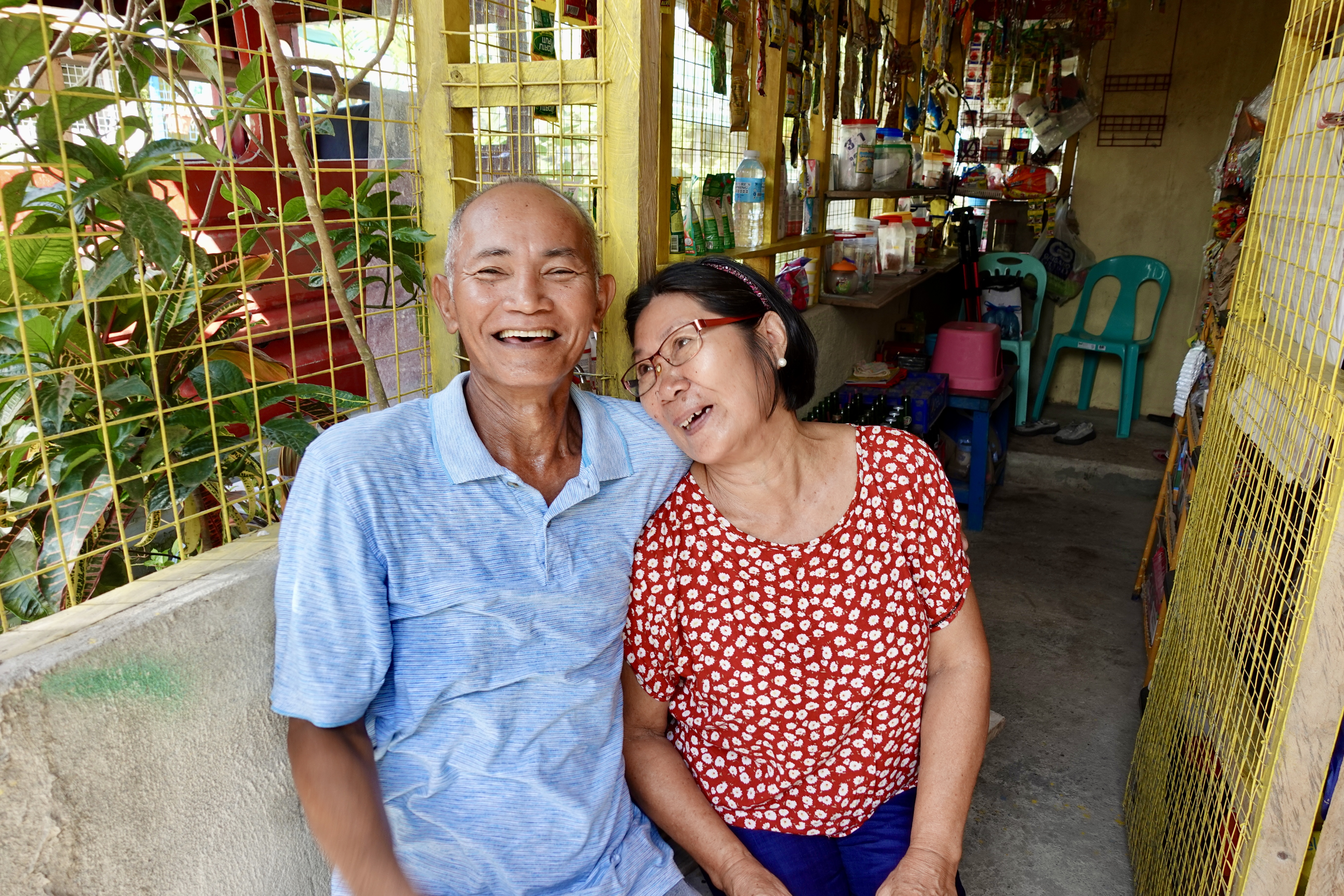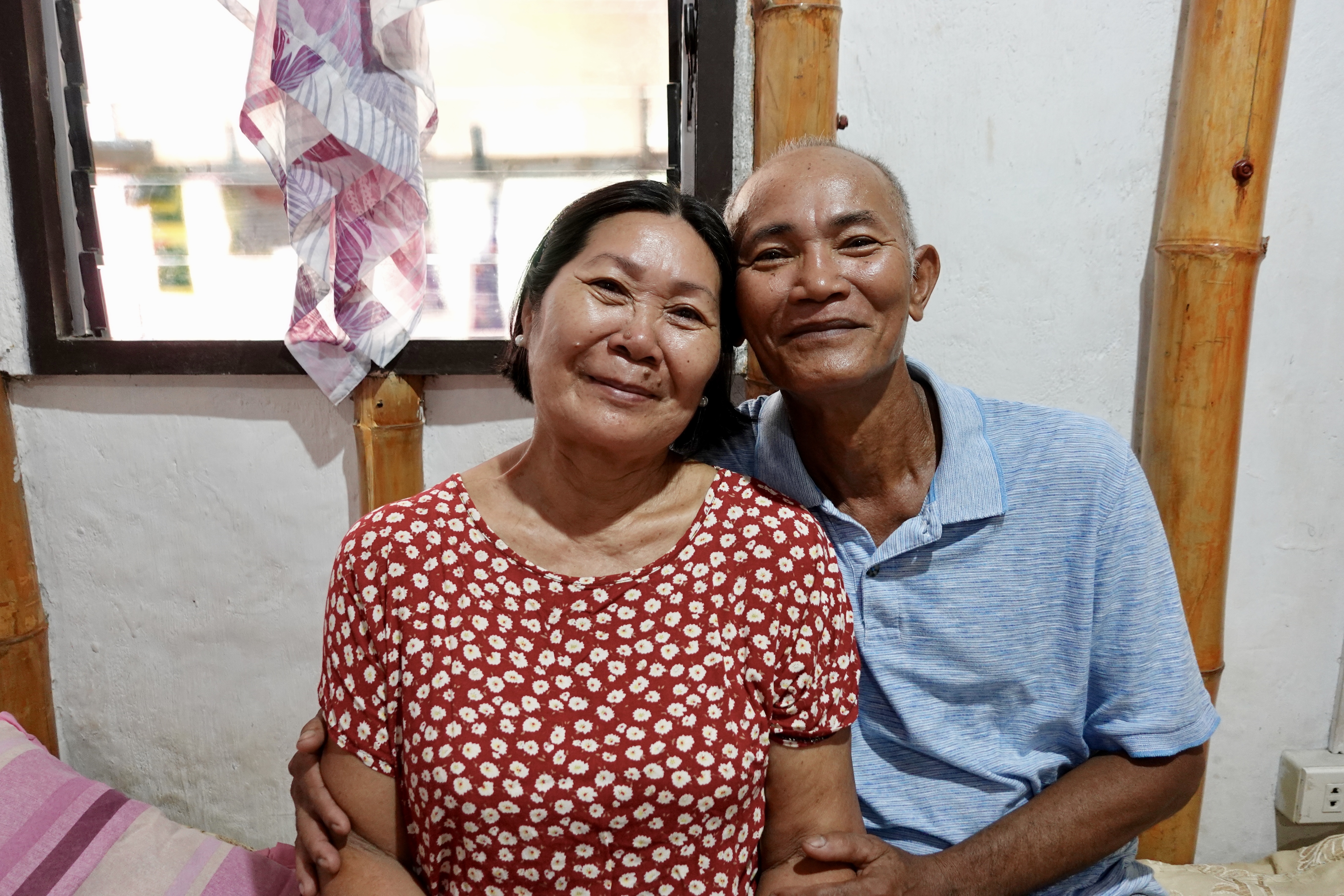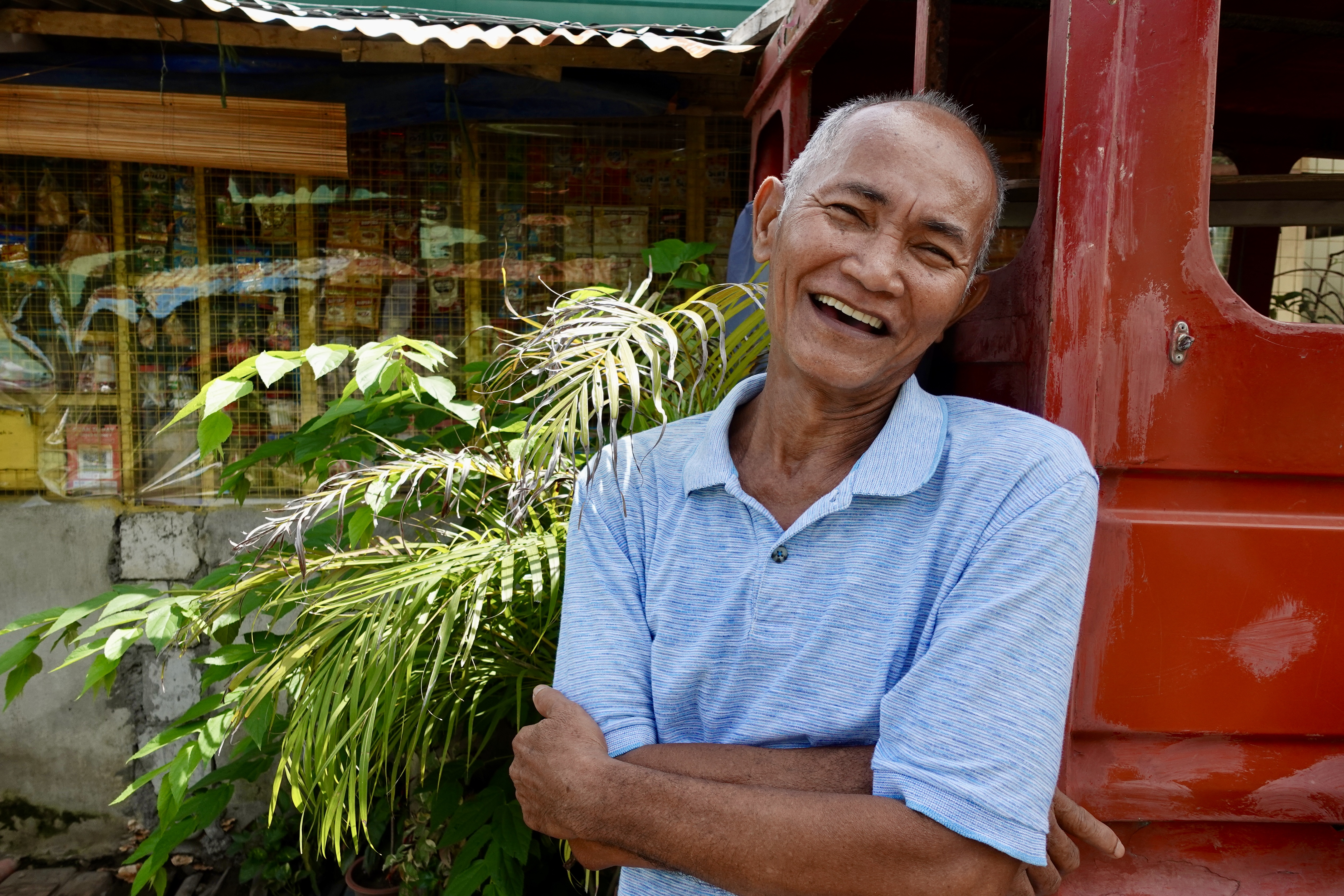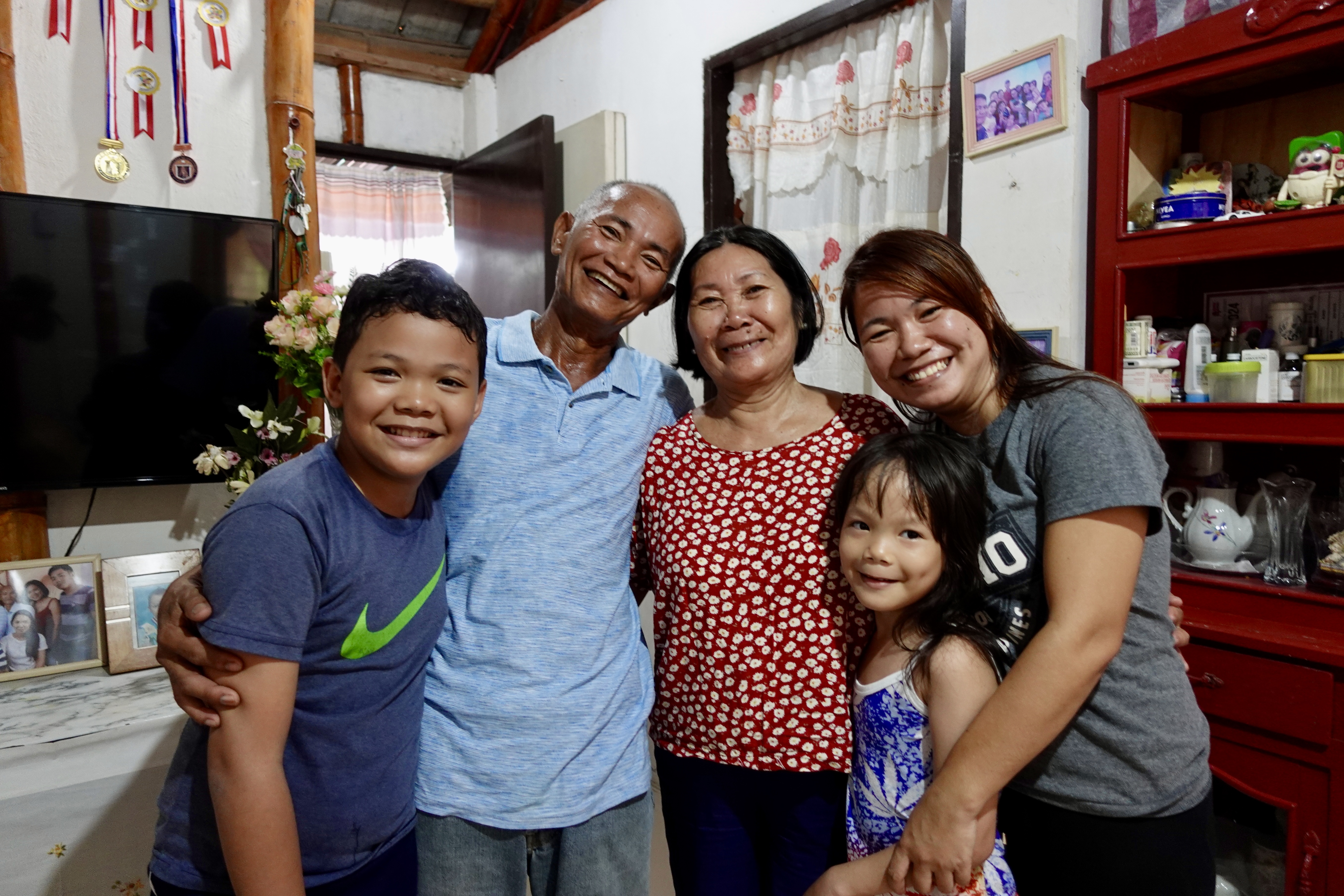
From destruction to redemption
For a long time, Rodelio and Marivic’s family called the sugarcane plantations of Panaogao, Silay their home. It was where both of them were born, grew up, met, and started a family. They both came from clans of sugarcane farmers, who lived on the land owned by hacienderos for decades.
But in 2009, the family faced a big change when the hacienderos decided to demolish the farmers’ houses to give way to the development of a subdivision. Forced to leave the plantation, Rodelio and Marivic with three of their six children, saw their dreams crash as their home was being torn down.
“We felt an injustice when they demolished our house and forced us out of the land where our ancestors had lived,” narrates Rodelio. “They wanted us to relocate but it was too far from our source of livelihood.”
“We had nowhere to go. We lived on the street for three days,” recalls Marivic, adding, “Then we decided to move by the creek and build a house from bamboo, metal scraps, and other light materials. It wasn’t much, but it was all we had.”
Building a new life by the creek, Rodelio worked as a tricycle driver while Marivic planted vegetables and sold them to support their family. Life by the creek was difficult and dangerous. Their fragile home was soon damaged by an earthquake. Their small vegetable farm was washed away by Typhoon Yolanda, leaving them to start over again. But the couple’s resilience never faltered.
“As long as we could eat three meals a day, we were thankful,” says Rodelio.

The family lived by the creek for ten years. Rodelio learned about a housing project led by Habitat for Humanity Philippines and submitted application documents. In January 2019, news came that they qualified for the housing project. As they contributed a 400-hour sweat equity and helped build their future home, a new hope was ignited.
By March 2020, they had officially moved into their new home. “It felt like a blessing we didn’t deserve,” says Marivic, wiping away tears. “We never imagined we would have a house like this.”
“We knew that the house was typhoon-resilient. They explained how it was made, so we were confident that it was sturdy,” explains Rodelio.
Now, Rodelio and Marivic have improved their house and established a small store, through the support of their children. Their home stands as a symbol of safety, dignity, and hope—a far cry from the makeshift shelter by the creek.
“Here, we no longer worry about being demolished or displaced,” Rodelio says. “This home is ours, and we’re grateful to everyone who made this possible.”
 .
. 
As they sit comfortably in their new abode, surrounded by the joyful noise of their grandchildren, Rodelio and Marivic know that this house is more than just a roof over their heads. It’s the foundation of a future they can pass on to their children.
“This house is our life now,” says Rodelio. “It’s something we can leave behind, a reminder of how far we’ve come.”
Rodelio and Marivic’s house at the Bonbon Resettlement Site in Silay was built under the Negros Occidental Impact 2025 (NOI25) Project, a partnership project of Habitat for Humanity and Hilti Foundation which utilizes BASE Bahay Foundation’s Cement-Bamboo Frame Technology to build disaster-resilient homes. As of writing, 446 cement-bamboo frame homes have been built in Silay, San Carlos, and La Carlota under the NOI25 Project.
Article written by Anne Bethel Rampas

